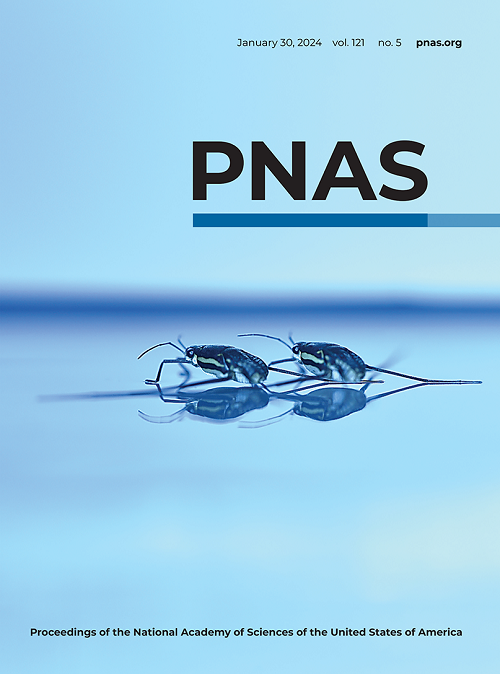社会生态加速度失衡导致中世纪早期波兰国家形成失败
IF 9.4
1区 综合性期刊
Q1 MULTIDISCIPLINARY SCIENCES
Proceedings of the National Academy of Sciences of the United States of America
Pub Date : 2025-04-21
DOI:10.1073/pnas.2409056122
引用次数: 0
摘要
快速的社会生态集约化是人类历史的一个反复出现的特征。它以不同的形式和背景出现;其结果可能是可持续的,也可能是短暂的。直到最近,这种强化通常伴随着国家的形成:政治权力的巩固往往伴随着特定地区人类对环境的开发的指数级增长。在这里,我们研究了一个这样的案例,通过我们丰富的古生态、考古、货币和文学资料,它被独特地记录了下来。在欧亚奴隶贸易的推动下,第一个“波兰”政体于公元900年在中欧建立。它在其核心地区进行了前所未有的生态集约化,与大型建设项目相连,并进行了快速的领土扩张。我们通过在这里发布来自靠近政体首都的位置的高分辨率花粉剖面,并通过对货币数据的社会网络分析应用,为这一过程提供了新的关键证据。这个国家在建国几代人之后就垮台了。然而,政治精英的崩溃并没有导致政体前核心区域的完全社会和生态解体。因此,我们展示了崩溃和连续性是如何紧密交织在一起的。最后但并非最不重要的是,关于崩溃机制的丰富证据表明,社会生态强化的成功维持需要依赖于政治扩张背后的一些文化、经济、宗教和社会网络。这个政体的精英们缺乏进入或未能调动这样的网络,这导致了它的灭亡。本文章由计算机程序翻译,如有差异,请以英文原文为准。
Unbalanced social–ecological acceleration led to state formation failure in early medieval Poland
Rapid social–ecological intensification is a recurrent feature of human history. It occurred in different forms and contexts; its outcomes may have been sustainable or transient. Until recently, such intensifications usually accompanied state formation: Consolidation of political power was often coupled with exponential increase in human exploitation of the environment of a given area. Here, we study one such case, uniquely well-documented through our rich paleoecological, archaeological, numismatic, and literary data. Triggered by the Eurasian slave trade, the first “Polish” polity was founded in Central Europe c. 900 common era. It undertook unprecedented ecological intensification in its core territory, connected with large construction projects, and engaged in rapid territorial expansion. We provide new crucial evidence on this process by publishing here a high-resolution pollen profile from a location close to the polity’s capital and by an application of social network analysis to numismatic data. This state collapsed within a few generations after its foundation. The collapse of the political elites, however, did not produce a complete social and ecological disintegration of the polity’s former core region. We thus show how collapse and continuity can remain closely intertwined. Last but not least, the rich evidence on the mechanism of the collapse reveals that successful maintenance of social–ecological intensification requires reliance on a number of cultural, economic, religious, and social networks underlying the political expansion. The polity’s elite lacked access to or failed to mobilize such networks, which led to its demise.
求助全文
通过发布文献求助,成功后即可免费获取论文全文。
去求助
来源期刊
CiteScore
19.00
自引率
0.90%
发文量
3575
审稿时长
2.5 months
期刊介绍:
The Proceedings of the National Academy of Sciences (PNAS), a peer-reviewed journal of the National Academy of Sciences (NAS), serves as an authoritative source for high-impact, original research across the biological, physical, and social sciences. With a global scope, the journal welcomes submissions from researchers worldwide, making it an inclusive platform for advancing scientific knowledge.

 求助内容:
求助内容: 应助结果提醒方式:
应助结果提醒方式:


